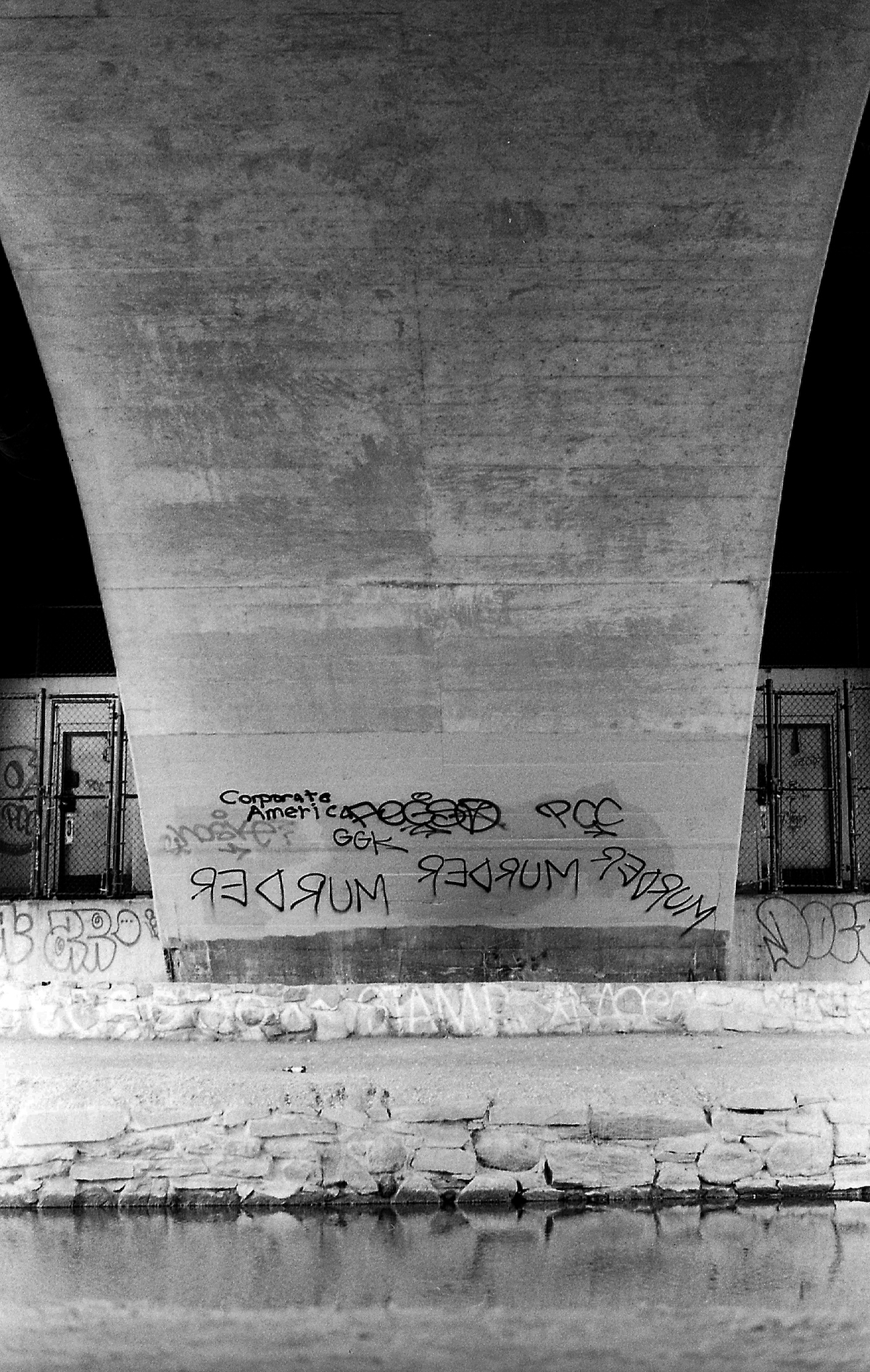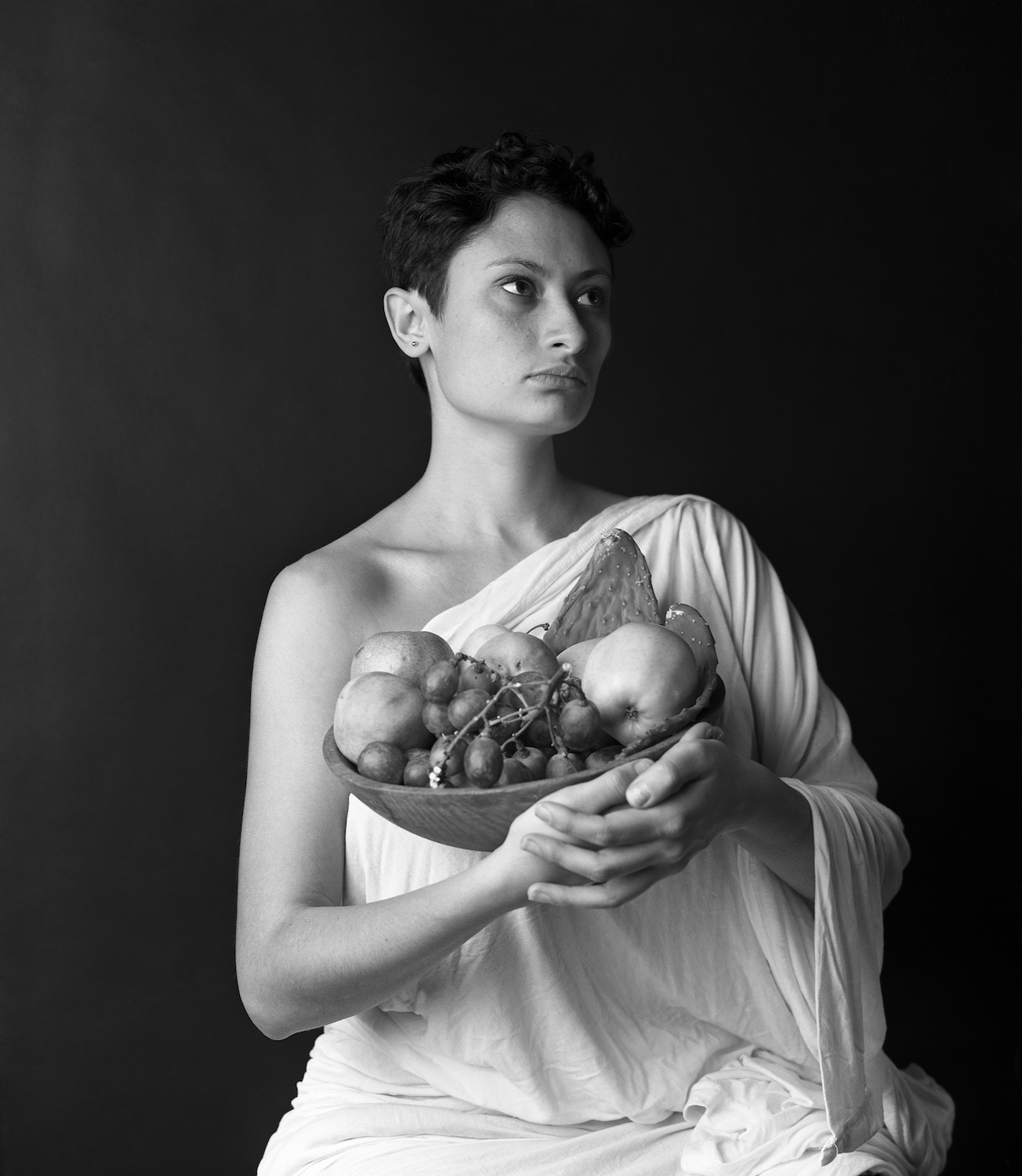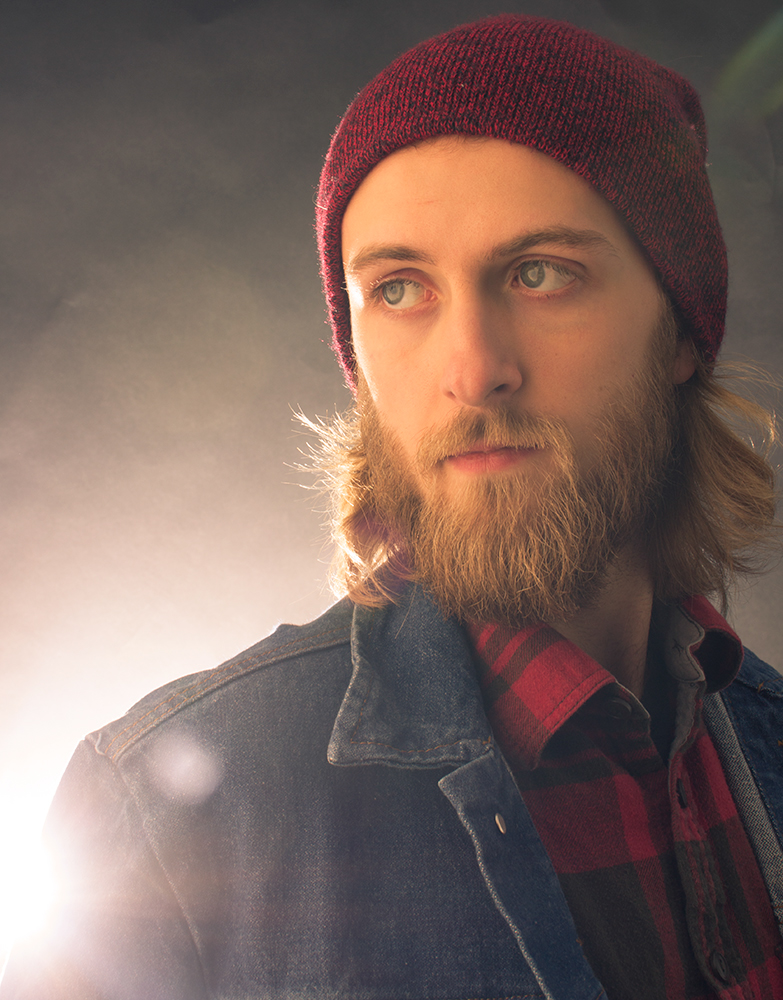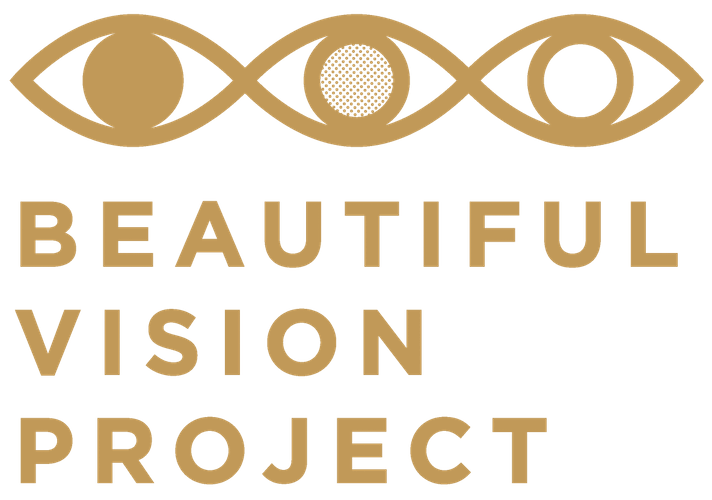Casey
Cause of blindness - Coats' Disease
Casey is a 20 year old student and photographer with Coats’ disease, a condition that took the vision from his eye in Casey’s first years of life. Though his father passed away when Casey was only seven, both he and his mom have played a crucial role in Casey living beyond his vision loss
From an early age, Casey’s parents had him play sports so Casey could maintain his depth perception. He played baseball, football, lacrosse and roller hockey. His favorite sport was roller hockey, which he played for seven years.
Thanks to his parent’s encouragement, Casey suffers no depth impairment.
“I never felt like I couldn’t do anything, it was more the opposite.”
To preserve some function in Casey’s weaker eye, his parents made him wear a patch over his stronger one. It’s one of Casey’s first memories.
“I never liked it, I remember trying to take it off.”
Of course this was for Casey’s own good. Now he knows so, and he wished he had used it more often.
“Sometimes in class I’ll cover my good eye and look around.”
And when Casey does he doesn’t see much: mostly colors, and vague shapes. He can’t see faces or read.
When Casey was going into his first surgery, his mom asked if he might lose his eye. The doctor told her that there was a possibility, and ever since Casey worried about losing more vision. To protect his vision, Casey wore goggles when he played sports.
Because of Coats’, Casey has lived with vision loss his whole life, but with his strong eye and his depth perception. With the help of his parents, he was set on the right path at a young age and able to enjoy life without limitations.
“Just some jobs are out of the question, mostly action-based career paths. For a quick two seconds I wanted to be a pilot.”
Though Casey experienced some aspects of a normal childhood, he was no stranger to loss. Coats’ disease robbed Casey of vision, and fate took his father when Casey was only seven years-old.
“As sad as it was, losing my dad made my vision loss easier. It gave me grounding to stand on. It helped me realize my own self.”
“There’s this funny parallel. I lost half my vision, and I lost this part of my life that would have given and taught me so much.”
Losing his father forced Casey and his family to accept what is for some unbearable. There was no magic switch for accepting this loss, and the same was true for his visual condition.
“Accepting loss took a long time. Day to day I was painfully aware of it.”
Though Casey’s time with his dad was short, that time spent together provided Casey with purpose. His dad will always live on in Casey’s heart.
“As sad as it was, losing my dad made my vision loss easier. It gave me grounding to stand on. It helped me realize my own self.”
Casey is open-minded and laid back, but he was not always like that. Childhood was difficult for Casey, becoming comfortable with his Coats’ and with others took time.
“I used to not be confident in eye contact, or with people taking photos of me. Mostly because my weak eye is a little lazy.”
This was hardest when Casey first got into high school. He realized then that most people weren’t like him, and that scared him.
“It was then that I realized, this is big, this is something different... And I started wondering, is this going to hinder me from experiencing what everyone else experiences?”
Casey’s worries peaked when his eye hemorrhaged and his retina detached.
Casey underwent laser surgery. Afterwards the swelling was awful and Casey had to lie face down for five days.
After Casey recovered, he began seeing a counselor. Casey became more outgoing and lost his camera shyness. He came out of his shell to feel raw experience without holding back.
He was in choir at the time, and art began to be his therapy.
“It was in high school, when I was 16. That’s when I got comfortable.”
Now Casey goes to school in Washington DC where he studies graphic design. He works at his university’s dark room as well. In the past Casey took photos of landscapes and nature. Casey has photographed New York City from the view of Sands Point, Port Washington, where open sandy beaches and old stone castles clash boldly with the skyline of New York.
“The whole idea of seeing with two eyes is foreign to me, like my whole experience from looking at the world is very different. But that’s true for others even with two eyes. The way we perceive is drastically different, either way.”
“I was feeling weird about it, and I knew something was different. But eventually I realized it was not preventing me from doing the things I wanted to do. And I don’t need to care.”
That truth is largely why Casey has gotten into photography, he’s passionate in sharing his perspective and recreating experiences. And despite all that he has gone through, Casey was quick to smile and laugh, which has everything to do with his passion.
“What do I love? Art, seeing new stuff created. My friend Alana just finished her portfolio website, it was really cool checking that out.”
Like his friends Casey creates art too. In one of his favorite photography series, Casey kept to an ominous theme. One photograph was a disturbing piece of graffiti under a stone bridge, its old stone stood skeletal against the low flowing water. Another photo featured black winter trees with gnarled branches forming a cross silhouetted against a grey sky.




Now Casey is getting into portraiture. He has mixed nature and portraiture, taking photographs of his friends at Welwyn nature preserve and Battery Kemble Park. Just before our interview, Casey had just finished photographing the national cathedral in Washington DC.
Aside from participating in choir Casey also plays piano. He appreciates the art of his friends and others that he doesn’t yet practice himself. Photography, music and enjoying art are Casey’s means of therapy.
Art helped Casey gradually stopped thinking about his vision loss. As he matured over the years, he grew less and less concerned.
“It used to be that I didn’t know why I was feeling this way, and I didn’t know why I couldn’t accept it.”
“I was feeling weird about it, and I knew something was different. But eventually I realized it was not preventing me from doing the things I wanted to do. And I don’t need to care.”
Letting go of this, Casey was freed. He’s thankful for his parents and art for that release, as both have led Casey to his passion.
“I’m comfortable with where I am now,” Casey put plainly.
From time to time Casey worries about the loss of his eye. Casey carries that fear, and he lives unreservedly in passion. Instead of shying from his vision loss, Casey pushes right up against it. Through his art Casey understands that he’s blessed with his own life and his own perspective. Art fuels Casey’s passion, and passion brings him life.
To learn more about Casey's condition, continue here.

